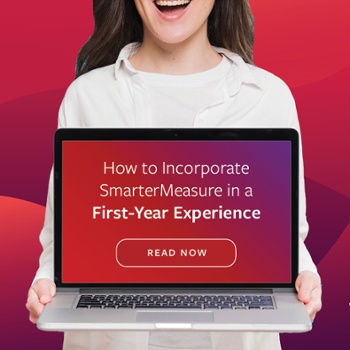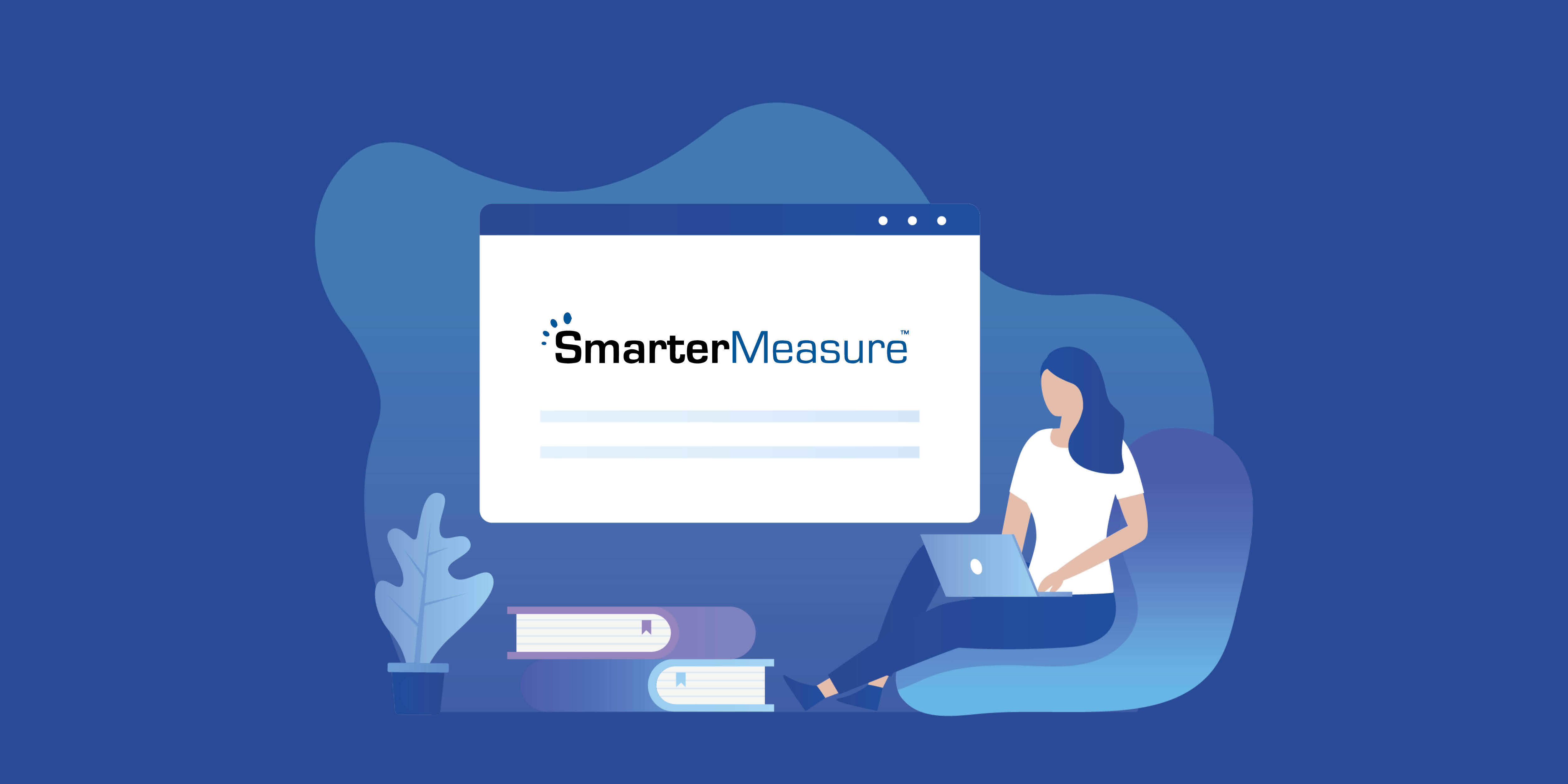
The Changing Landscape of Online Education (CHLOE) report is a much-anticipated annual report that serves as a “state of the profession” update on eLearning practices at US higher education institutions. Now in its 8th year of publication, the report is provided by Eduventures and Quality Matters and is available free of charge.
Dr. Mac Adkins, Chief Academic Officer for SmarterServices, reviewed the report and attended an online publication briefing. Due to his familiarity with the report, he was invited by the Virginia Community College System (VCCS) to share a summary of the report with the instructional designers across the 23 institutions in VCCS. You can view the video summary here.
Online student readiness is a construct that was explored in the CHLOE 8 report. The survey polled Chief Online Officers about their practices in fostering learner readiness through orientation courses. These orientation experiences were categorized as facilitated or self-paced entire courses, stand-alone workshops, or components of other courses. The survey also explored the degree to which students were encouraged or required to participate in the orientation experience.
As shown in this illustration from the report, a stand-alone, self-paced workshop was the most commonly used format for an orientation experience. However, it was only required of all students at 8% of reporting institutions.
The findings of the CHLOE 8 survey parallel those of the good practices utilized by institutions using SmarterMeasure over the past twenty-one years. SmarterServices published a blog post titled “Best Places to Position SmarterMeasure.” As stated in this blog, an Orientation Course is one of the most common places that schools position the SmarterMeasure Learning Readiness Indicator and is the personal favorite of Founder, Dr. Mac Adkins.
During the CHLOE 8 Summary Webinar for the VCCS, Dr. Adkins remarked about his concern that only 8% of institutions require all students to participate in the self-paced, stand-alone orientation experiences.
 Based on collecting learner readiness data from over 7 million students over two decades, Dr. Adkins stated with confidence that when schools do not require all students to take the assessment they are introducing self-selection bias into their data. It turns out that the students who need the support SmarterMeasure provides are the same students who will opt out of taking it. Students who are prone to procrastinate, have low levels of motivation, and are typically not willing to seek support are likely not to investigate the time in taking SmarterMeasure to learn about their strengths and opportunities for growth. These same students would also very likely also opt-out of non-required orientation courses.
Based on collecting learner readiness data from over 7 million students over two decades, Dr. Adkins stated with confidence that when schools do not require all students to take the assessment they are introducing self-selection bias into their data. It turns out that the students who need the support SmarterMeasure provides are the same students who will opt out of taking it. Students who are prone to procrastinate, have low levels of motivation, and are typically not willing to seek support are likely not to investigate the time in taking SmarterMeasure to learn about their strengths and opportunities for growth. These same students would also very likely also opt-out of non-required orientation courses.
If your institution is seeking a way to foster higher levels of online student readiness, it is a good practice to embed SmarterMeasure into your orientation experience and require all students to engage in the orientation and complete the assessment.
If you would like to learn more about how your school can integrate and utilize SmarterMeasure, take a look at the following case studies:
- Overcoming Obstacles: Setting Learners Up for Success – Vanderbilt University
- Boosting Confidence and Increasing Student Success – Somerset Community College
- Providing Targeted Support for First-Time Undergraduate Students – University of North Georgia
if you would like to take SmarterMeasure for yourself, just send a request to info@smartermeasure.com today.


.jpg)


